
Specs
- Display: 6″ IPS LCD 1080 x 2160 pixels (402PPI), Gorilla Glass 3
- OS: Android One 8.1 Oreo
- CPU: Qualcomm Snapdragon 660 Octa-core (2.2GHz x 4 / 1.8GHz x 4)
- RAM: 4GB
- GPU: Adreno 512
- Internal storage: 64Gb
- Rear Camera: Dual 12MP (f/1.8 + f/2.6), 2x optical zoom, 4K @ 30fps video
- Front Camera: 16MP f/2.0, 1080p
- Waterproofing: None
Packaging

The packaging for the Nokia 7 Plus is very much in-line with the rest of Nokia’s latest devices. On the front we get a full-colour image of the device, as well as a reminder that the device is part of the Android One programme. Overall it’s a no-frills, relatively minimalist approach that works well and speaks to the trimmed and focused approach of Android One.
Unlike the packaging of the Nokia 8 Sirocco, the top cover of the box doesn’t lift off, instead the entire outer portion of the box is slid up from and off of the internal packaging.
What’s in the box?
- Nokia 7 Plus
- Soft protective cover
- Sim-removal tool
- In-ear headphones
- USB Type-C data/charging cable
- Wall charger
Accessories

As is usually the case, there isn’t a great deal of extras included with the device, although the included soft silicon cover is a much appreciated addition. It should also be noted that the finish on the inside of the cover (the part that’ll make contact with the phone) has an almost matte-like texture. This doesn’t particularly affect the transparency to a great degree, but it does avoid that really cheap “super-slick-and-shiny” look of some silicon covers.
The included in-ear earphones seem to be the same ones that are included with the flagship Sirocco (except terminated with a 3.5mm plug, rather than Type-C) and the overall impression remains the same; will work in a pinch, but they offer the exact sound quality that you’d expect with a set of included earphones – recessed mids, bloated and boomy bass, rolled-off highs along just plain poor detail retrieval.
Design

The design of the Nokia 7 Plus is both similar to that of the Sirocco, and yet totally different at the same time. Perhaps the most striking design-element of the Nokia 7 Plus (at least in terms of the black model) are the striking copper-coloured accents. I think the design team also made the right choice in giving the copper accents on the side a semi-gloss finish instead of an almost mirror-polish finish. Super shiny finishes are often used to try and make a product look more premium than what it is, but I find (more often than not) that this tends to have the opposite effect, making the product look cheap and tacky instead. Overall these accents do contrast well with the rest of the black colour-scheme of the device, but not so much so as to stand out like a sore thumb. “Tasteful” is the word I’d use.
As has become the trend, the vast majority of the phone’s face is taken up by the display. In this instance the 6″ display takes up 77.2% of the front panel. No, this isn’t quite as nice as the near-85% screen-to-body ration of the Essential Phone, but it’s not too shabby either. With a screen resolution of 2160×1080 pixels, the Nokia 7 Plus has a respectable pixel density of 402PPI. Overall the IPS display is pretty darn decent with what seems to be a pretty accurate white balance. No, the colours aren’t gonna pop at you like they would on an AMOLED type of display, but it by no means looks or feels like a cheap display.
The front facing camera also has pretty decent specs – coming in at 16MP and capable of shooting full-HD video resolution.
Moving on to the right-hand side we get a volume rocker and a power button, and over onto the left-hand side is the removable sim-tray which sits perfectly flush with the rest of the body. It should be noted that the 7 Plus is a dual-sim device, but the space on the sim-tray for the second sim-card can also be used for a microSD card as well.

Along the bottom edge is the USB Type-C port and the internal speaker, as well as one of the device’s microphones.

The very top edge of the Nokia 7 Plus houses what appears to have become some ancient relic in recent times – a 3.5mm stereo headphone jack.

The rear is where we find the fingerprint sensor and dual rear cameras. The fingerprint reader seems to be of high quality, as I’ve had zero issues with getting it to register my prints correctly. There’s only about a one-second delay between placing a finger on the sensor and by the time the display turns on.
Unfortunately, the 7 Plus offers no waterproofing – a feature which is reserved only for the flagship Sirocco.
Software
As noted in the Nokia 8 Sirocco review, the 7 Plus is part of the Android One programme, meaning that it essentially runs a vanilla (clean, no bloatware) version of Android. The main difference between Pure Android and Android One on the Nokia devices seem to just come down to the camera app. This makes sense though as we’d expect the manufacturer of the device to offer a camera app that’s capable of taking full advantage of their chosen hardware. But really, other than that, the device is very similar to a Google Pixel device.
Android has been around for many years now, but I find it somewhat difficult to judge how much Android has evolved throughout each of its versions. This comes down to the fact that the vast majority of manufacturers like Sony, Samsung, LG, etc apply their own “skins” on top of the standard Android software. So, whenever you buy a new device, you don’t really get to see what Android is like on its own.
With the Android One programme you get to experience Android in its purest form, and damn it has come a long way from just a few short years ago. Of course, with manufacturer “skins” you do get more unique features that are not otherwise available on standard Android iterations. But, many of those skins are actually incredibly resource intensive, relying on increased processing speeds and consuming battery reserves in doing so.
Stock Android is remarkably refined and fluid. It’s for those of us who don’t care about fancy widgets or otherwise unnecessary bloatware.
Camera
Regarding the camera, I’m not entirely certain on this, but based on the specifications it seems that the Nokia 7 Plus has the exact same rear shooting setup as is found on the flagship Nokia 8 Sirocco. We get a 12MP and 13MP lens, both of which feature Zeiss optics. Zeiss lenses are pretty much synonymous with Nokia given the long-standing history between the two brands. One particularly great feature of this dual camera setup is that you get a 2x optical zoom rather than having to rely on some sort of artificial digital zoom. And yes, you can shoot 4K video irrespective of which rear lens is used. Heck, you can even switch between lenses whilst you are still recording!

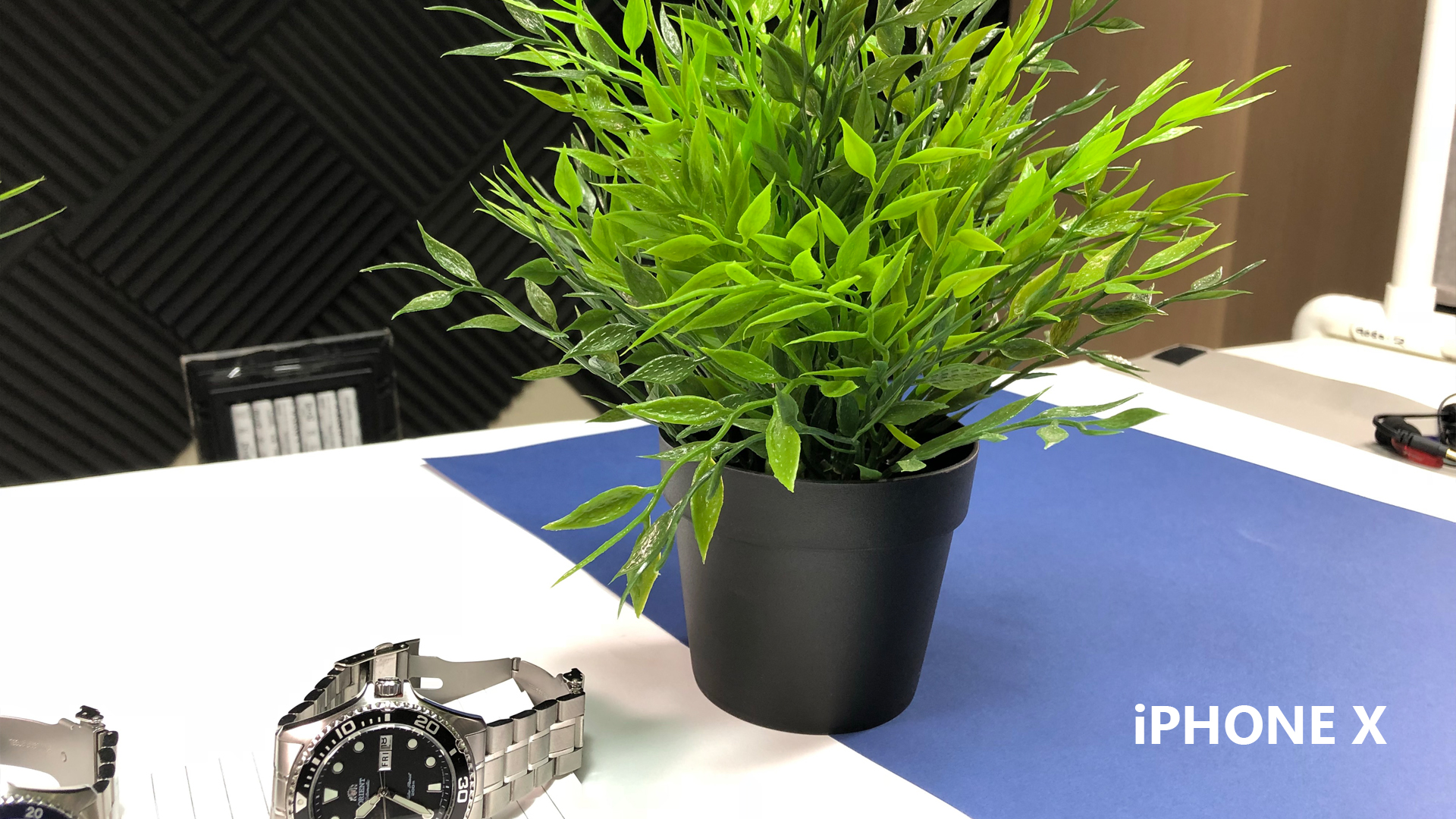
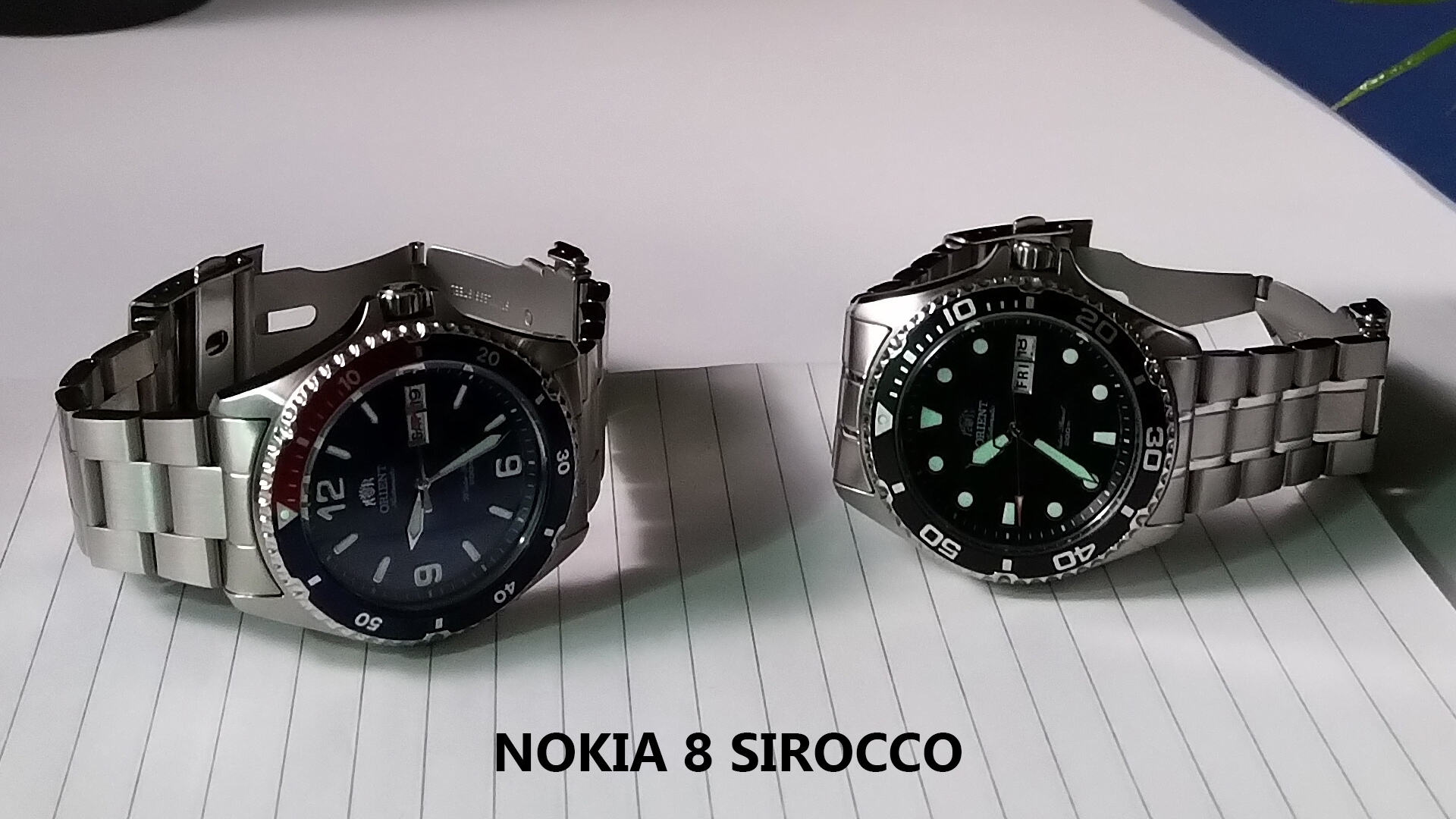
Imaging quality is reasonably good and the software does a really good job at determining the correct white balance. With the below images, the colours are pretty darn accurate to how I saw them with my own eyes, albeit it a bit overblown. Unfortunately, as is the case with the Sirocco, the camera software is perhaps limited where it matters most. Sure, the Pro Mode does give us the ability to make various manual adjustments, but without the ability to save images in RAW format we are totally at the mercy of how the software processes and saves the JPEG images. The problem this creates is that we aren’t able to adjust the saturation, contrast, or sharpening applied to the JPEGs.
As a result, we are left with images that are arguably free of noise, but the over-applied sharpening and contrast destroys finer details in the images. This is especially true for low-light images.
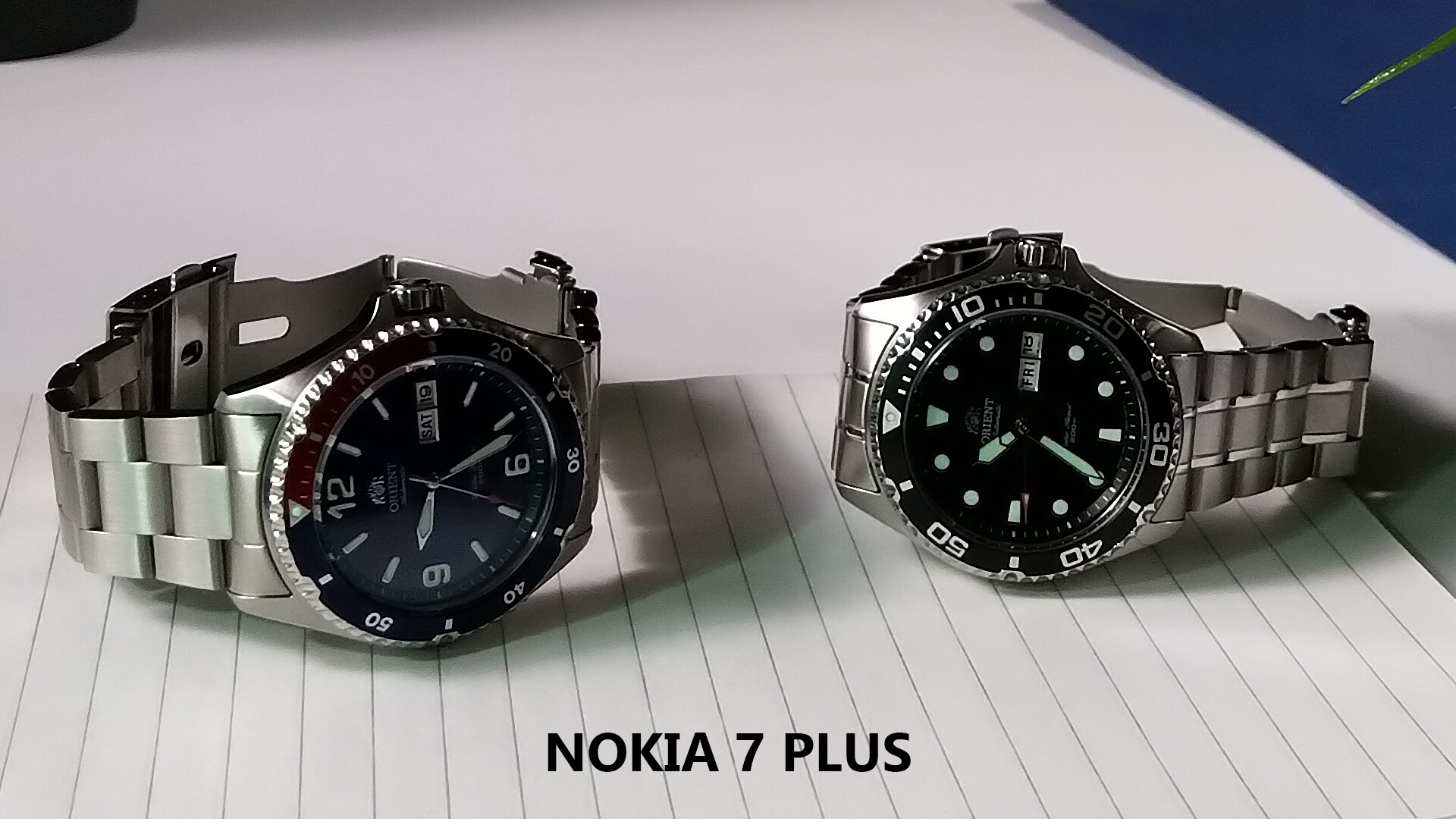
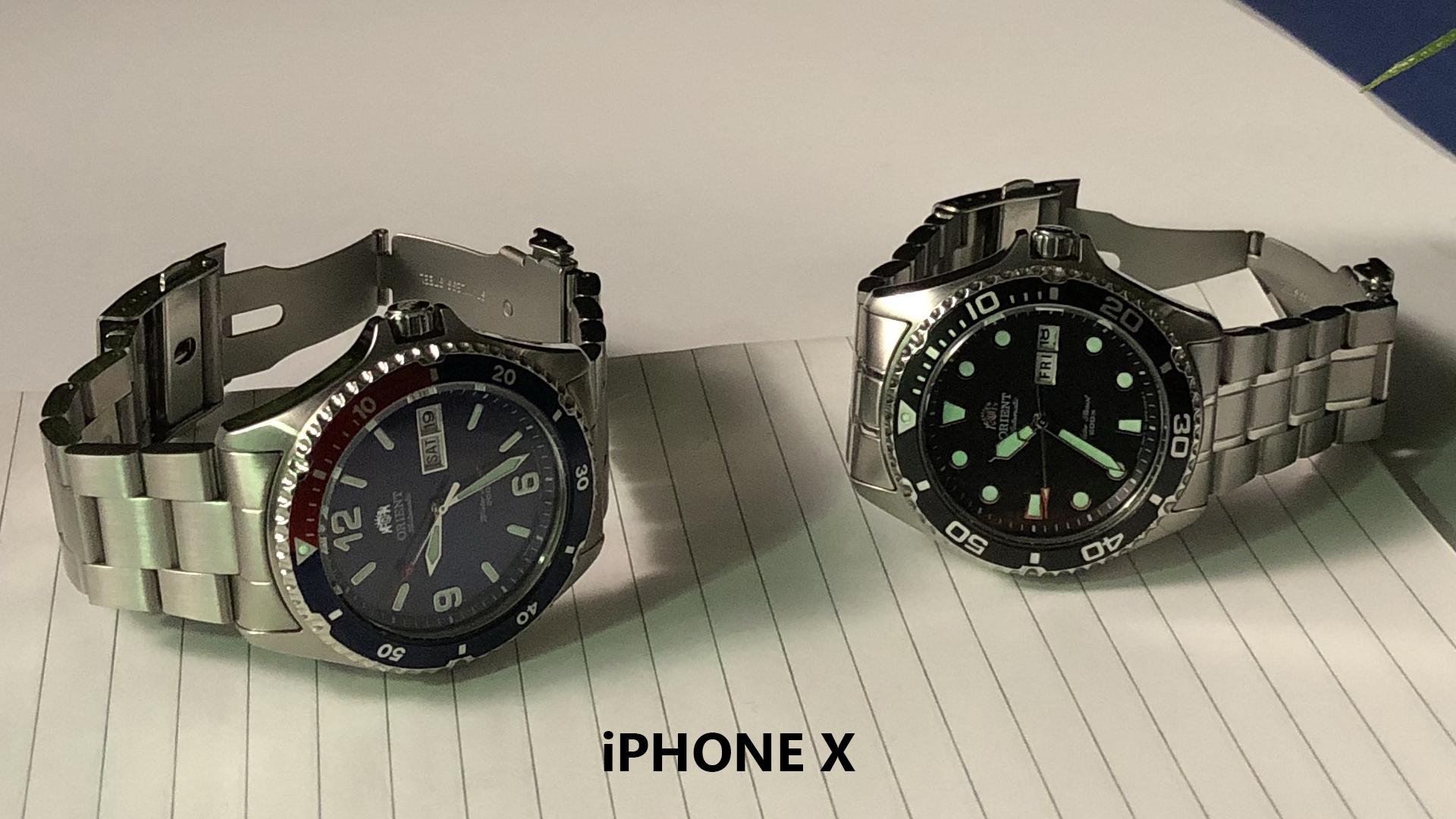
As we can see, the 7 Plus and Sirocco perform veyr close to one another, with just some slight differences in white balance, but the iPhone X takes the more detailed image of the lot despite it’s way warmer white balance.
Daily Usage
The thing is, we could pull up and debate over specs and benchmark scores until kingdom come, but none of that matters…not really anyways. The only way to really judge how a device performs under realistic scenarios is to test it out in the real world, doing real-world stuff, not to solely rely on synthetic tests.
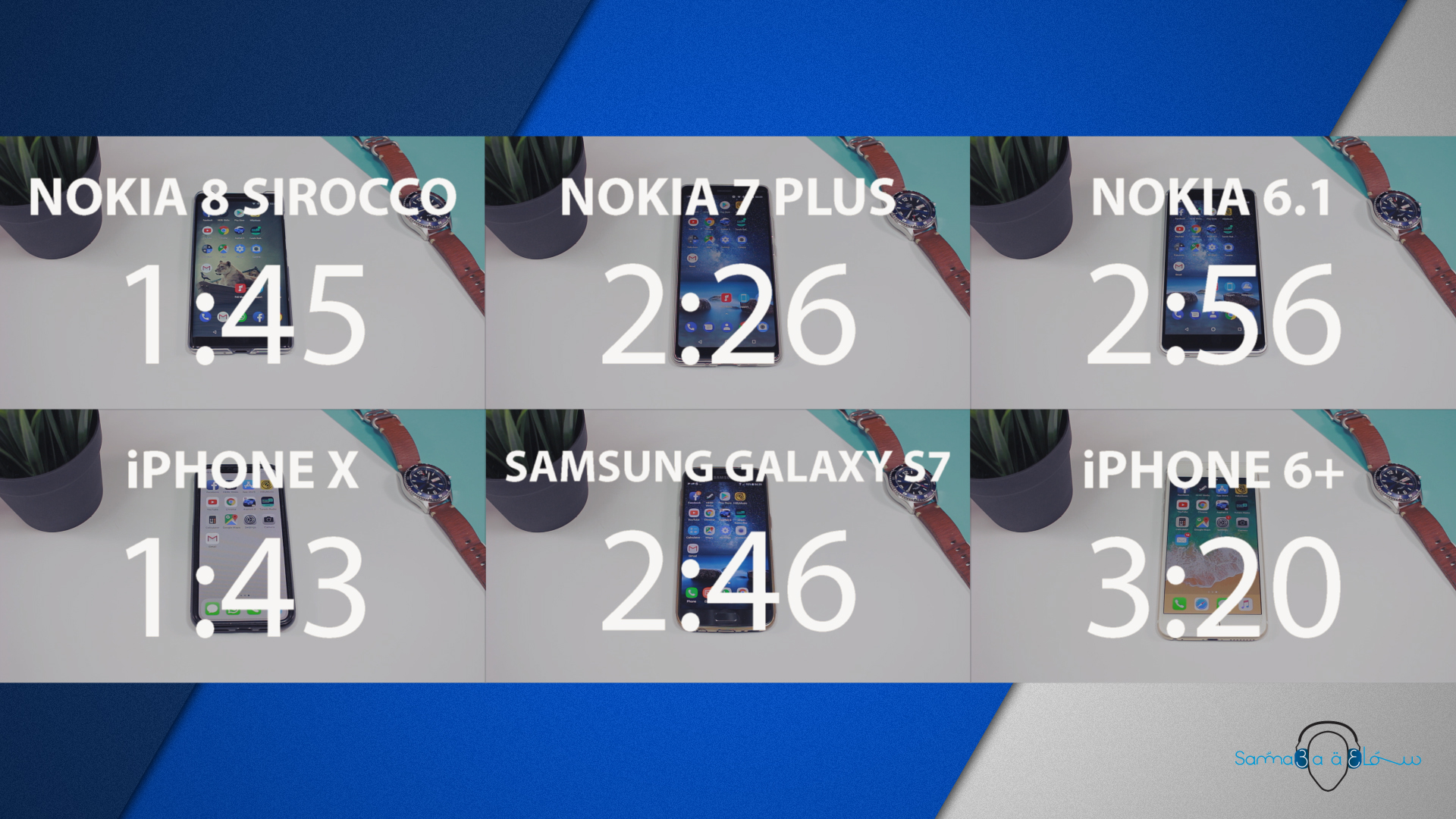
In a timed test comprised of opening numerous apps, one after the other, and then going back and opening each app again to check how many apps can remain in memory, the Sirocco performed around 40% better than the 7 Plus. The better spec’d processor and higher RAM count definitely makes a significant improvement in raw processing power and speed. But I should also not here that, whilst the 7 Plus did take longer to load apps, at no point did I encounter any stuttering. The UI remained smooth, just not quite as snappy as the flagship. The other point to take into account is that, during the same test, the 7 Plus performed around 12% better than a Galaxy S7 equipped with the Exynos 8890 CPU, as well as roughly 27% better than an iPhone 6+. Sure, the S7 and iPhone 6+ are 24 and 40 months old respectively, but the 7 Plus still performed admirably given its modest price-point. It also serves as a good indicator for anyone who might be thinking of upgrading from one of those devices to one of Nokia’s latest offerings.
Using the 7 Plus as a daily driver has been totally frustration-free. Compared to the Sirocco, it’s not quite as snappy in terms of opening apps and when it comes to keeping apps in memory, but it’s not like I suddenly found my entire day’s schedule cramped up due to the few extra fractions of a second that are required when opening apps and doing other real-world things.
Value
Nokia has seen some hard times recently, perhaps to the point where most people had forgotten about them almost entirely. Back in the late 90’s and early 2000’s Nokia was pretty much the “go-to” brand. So with this new wave of devices, could the brand perhaps get back on top where they once were? Well, it’s certainly a tall order, but these devices give me a lot of hope for the brand.
The fact is, Nokia’s latest smartphones, regardless of their price-tags, feel like genuinely well-made products. Combine that with the focused approach of Android One and you’ve got a killer combo. In the case of the 7 Plus, you might only be paying around half of what a regular “flagship” device costs, but you’re nowhere near only getting a half-baked device. Sure, due to the lack of a curved display or a glass back, the 7 Plus might not feel quite as premium as the flagship Sirocco, but in all honesty, none of that matters; not really anyways.
The curved display on the Sirocco is really just a novelty. There are no edge panels like you’d find on similar Samsung devices, and so really it just looks nice, it doesn’t actually serve a purpose or extend the functionality of the device.
So, getting back to the 7 Plus, there’s some really tremendous bang-for-buck value packed into this device, especially if you’re a person who likes a larger device. At around $400 there really isn’t anything in particular that I could complain about here. The device is well-built, and the software is fluid and snappy enough to not cause any frustration. If you’re on the hunt for a a device that has a larger display and an attractively affordable price-tag, the the 7 Plus comes highly recommended.
